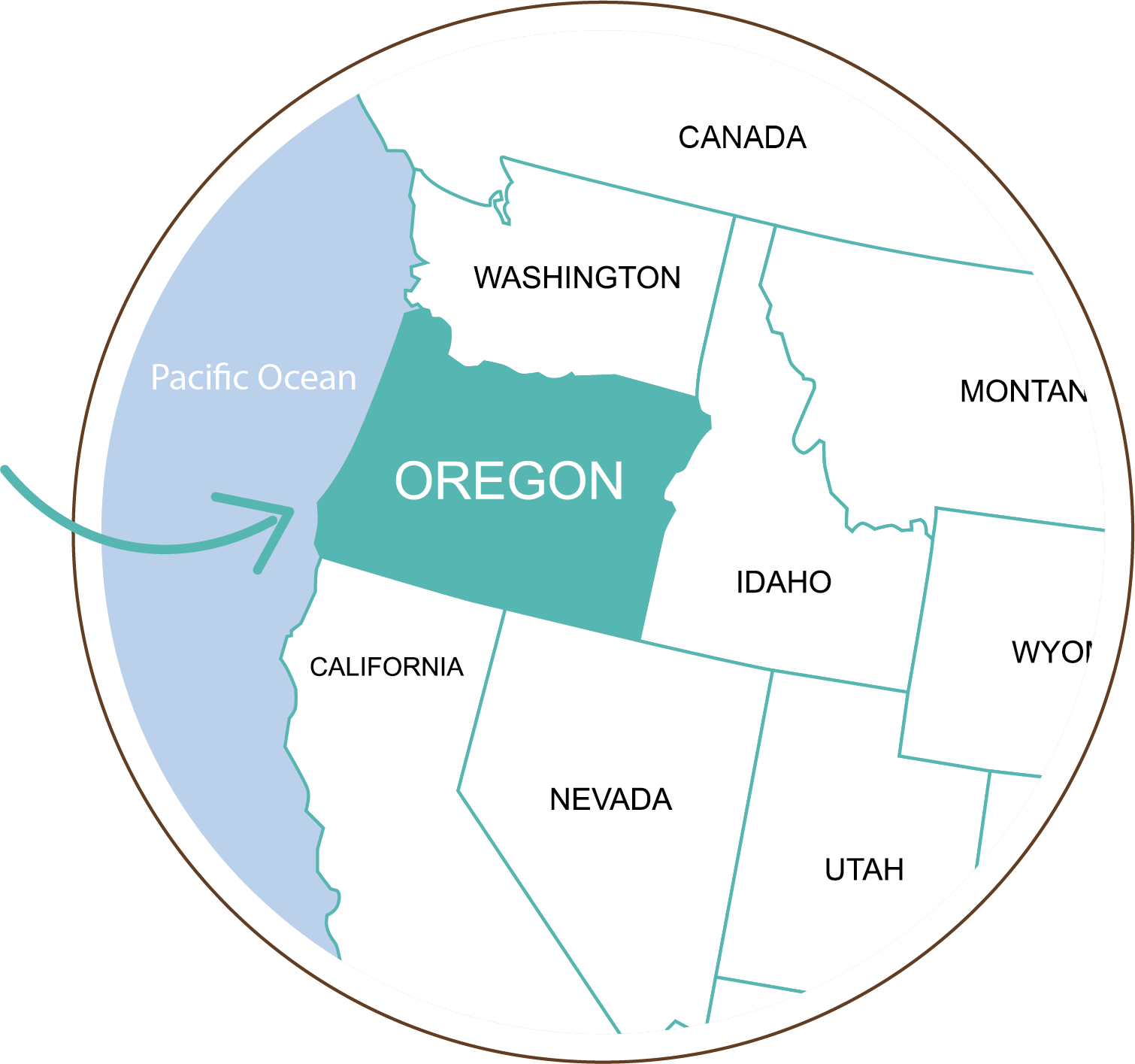Growing
Organic Hazelnuts
History of Hazelnuts
Hazelnuts have a fascinating history that spans thousands of years! Here are some key points:
Ancient Origins
Hazelnuts are native to Europe, Asia, and the Corylus americana variety is native to the United States. Evidence of large-scale hazelnut processing dates to around 6000 BC, with significant findings on the island of Colonsay in Scotland. Archaeologists discovered a pit filled with hundreds of thousands of burned hazelnut shells, indicating communal harvesting. In the United States, hazelnuts have been a source of protein, carbohydrates, and healthy fats in Native American food cultures for time immemorial.
Cultural Significance
Hazelnuts have been important in various cultures throughout history. In ancient Greece and Rome, they were gathered for food. In China, hazelnuts were considered one of the five sacred foods. During the Middle Ages in Europe, they were a common food for the population.
Modern Usage
Today, hazelnuts are widely used in various culinary applications, from baking and desserts to chocolate spreads and healthful snack products. Oregon is the #1 producer in the United States.
Symbolism
Historically, hazelnuts have been symbols of wisdom, good luck, resilience, and fertility. With the rise of Christianity in Europe, they were given new meanings and became part of Christmas traditions, especially in German cookies and pastries.
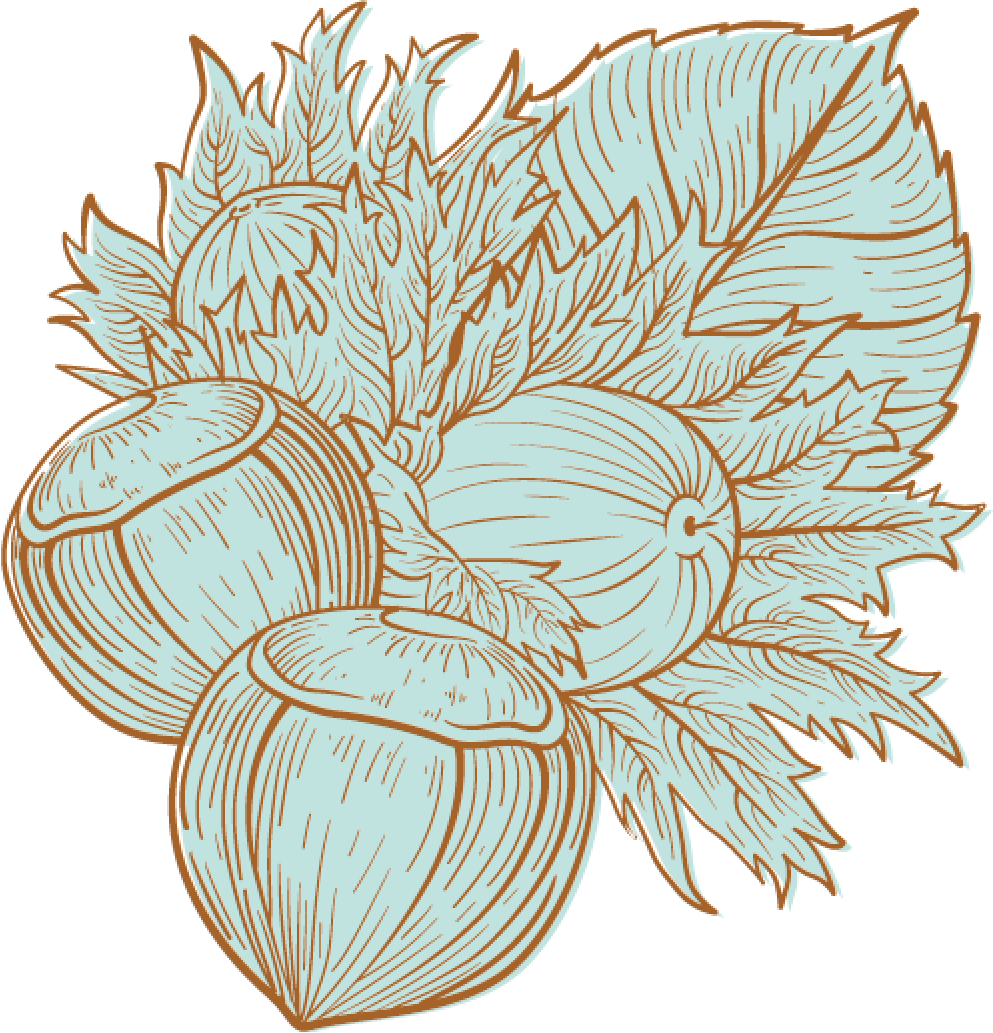
Growing & Harvesting
Life Stages of Hazelnuts
Hazelnuts go through several stages from the initial planting to the point they are ready for harvest. Here’s a brief overview of these stages of life:


Seedling:
Most Oregon hazelnuts are grown from clones, using a technique called French layering. These young trees need careful nurturing as they develop their root systems and begin to grow.

Vegetative Growth:
During this phase, the hazelnut plant focuses on developing its structure—growing branches, leaves, and a sturdy trunk. This stage can last for a few years as the plant matures.

Flowering:
Hazelnut trees produce both male (catkins) and female (small red) flowers in Winter. Pollination occurs through wind, as the male catkins release pollen that fertilizes the tiny female flowers that even bees cannot fit inside. The flowers must be pollinated by not just another plant, but another variety since they are propagated through cloning.

Fruit Development:
4-6 weeks after pollination, fertilized flowers develop into hazelnuts. The nuts begin to form in clusters, protected by leafy husks. The nuts continue to grow and mature throughout the summer.

Maturity and Harvest:
By late summer or early fall, the hazelnuts reach full maturity. The husks dry out and the nuts are ready for harvest. Farmers typically wait until the nuts fall naturally before collecting them.

Post-Harvest Processing:
After harvesting, the nuts are usually cleaned, dried, and sorted. They may be minimally processed for products like roasted hazelnuts, or further processed into products like hazelnut oil, or hazelnut butter.
Water Usage
Oregon’s hazelnut growers typically use water efficiently and strategically to ensure sustainable production. Here are some key points about their water usage:
Pollination
Hazelnuts are wind-pollinated, which means they rely on the wind to carry pollen from the male flowers to the female flowers. This wind-pollination method is quite efficient for hazelnut trees, allowing them to produce nuts without the need for bees or other pollinators. However, it does mean that the weather conditions can significantly impact pollination success.
Annual Production Steps
The production process for Oregon’s organic hazelnuts vary from farm to farm, but will involve several stages throughout the year, from preparation to harvest and post-harvest activities. Especially for organic farmers, there is a large variation in practices, but it is largely similar to what is shown here.
Harvesting
Hazelnut harvesting is a multi-step process that ensures the nuts are collected at their peak quality. Here’s how it’s typically done:
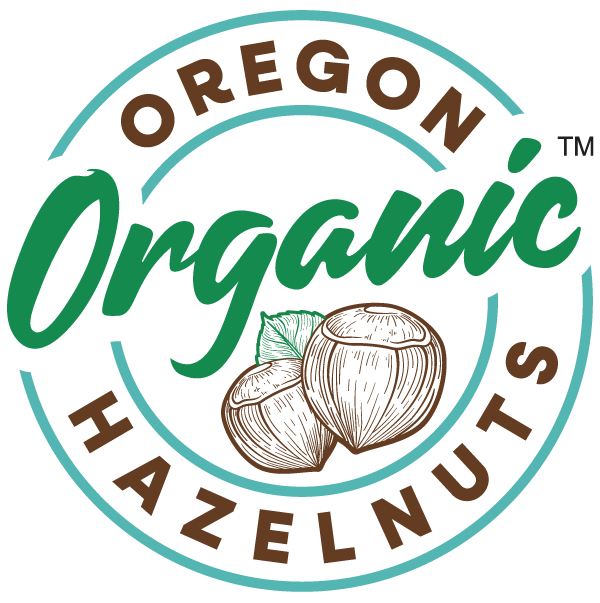

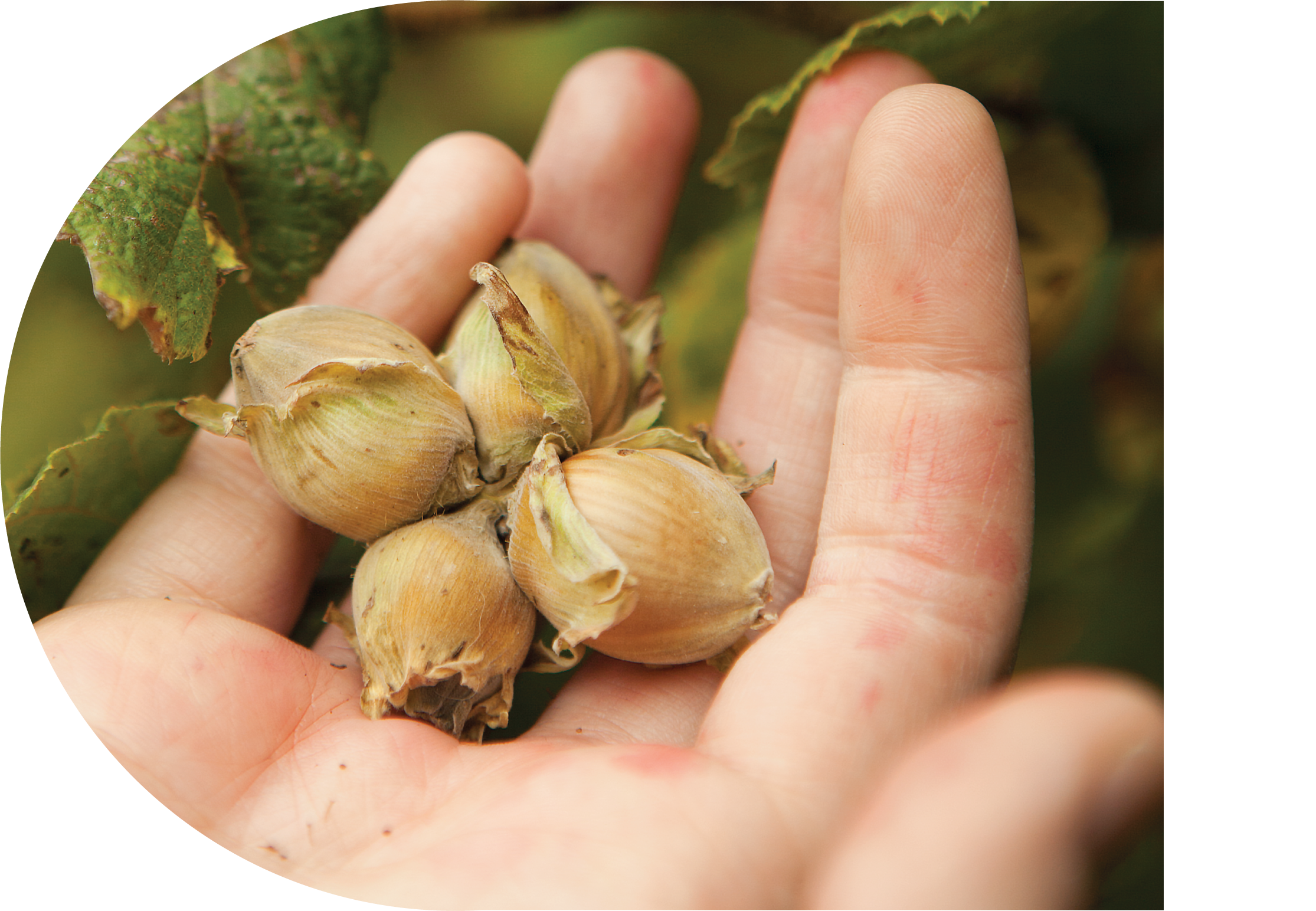
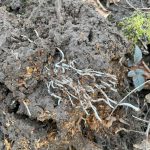 Dry farming is a widely used agricultural technique used on farms to grow crops without relying on irrigation, instead relying solely on the moisture present in the soil from natural rainfall. Dry farming can be challenging, but it promotes sustainable agriculture by reducing the reliance on irrigation and conserving water resources.
Dry farming is a widely used agricultural technique used on farms to grow crops without relying on irrigation, instead relying solely on the moisture present in the soil from natural rainfall. Dry farming can be challenging, but it promotes sustainable agriculture by reducing the reliance on irrigation and conserving water resources.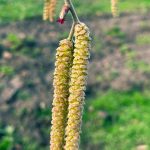
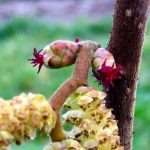
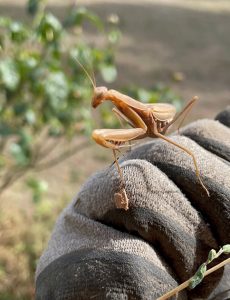 Pest and Disease Management: Integrated Pest Management (IPM) practices are used to monitor and control pests and diseases using organic methods. These practices can include the use of moth traps, bird and bat boxes, pheromone disruptors, and providing a welcoming habitat for beneficial pests. Post-harvest, nuts that remain on the ground can be grazed by pigs to provide a clean orchard floor.
Pest and Disease Management: Integrated Pest Management (IPM) practices are used to monitor and control pests and diseases using organic methods. These practices can include the use of moth traps, bird and bat boxes, pheromone disruptors, and providing a welcoming habitat for beneficial pests. Post-harvest, nuts that remain on the ground can be grazed by pigs to provide a clean orchard floor.